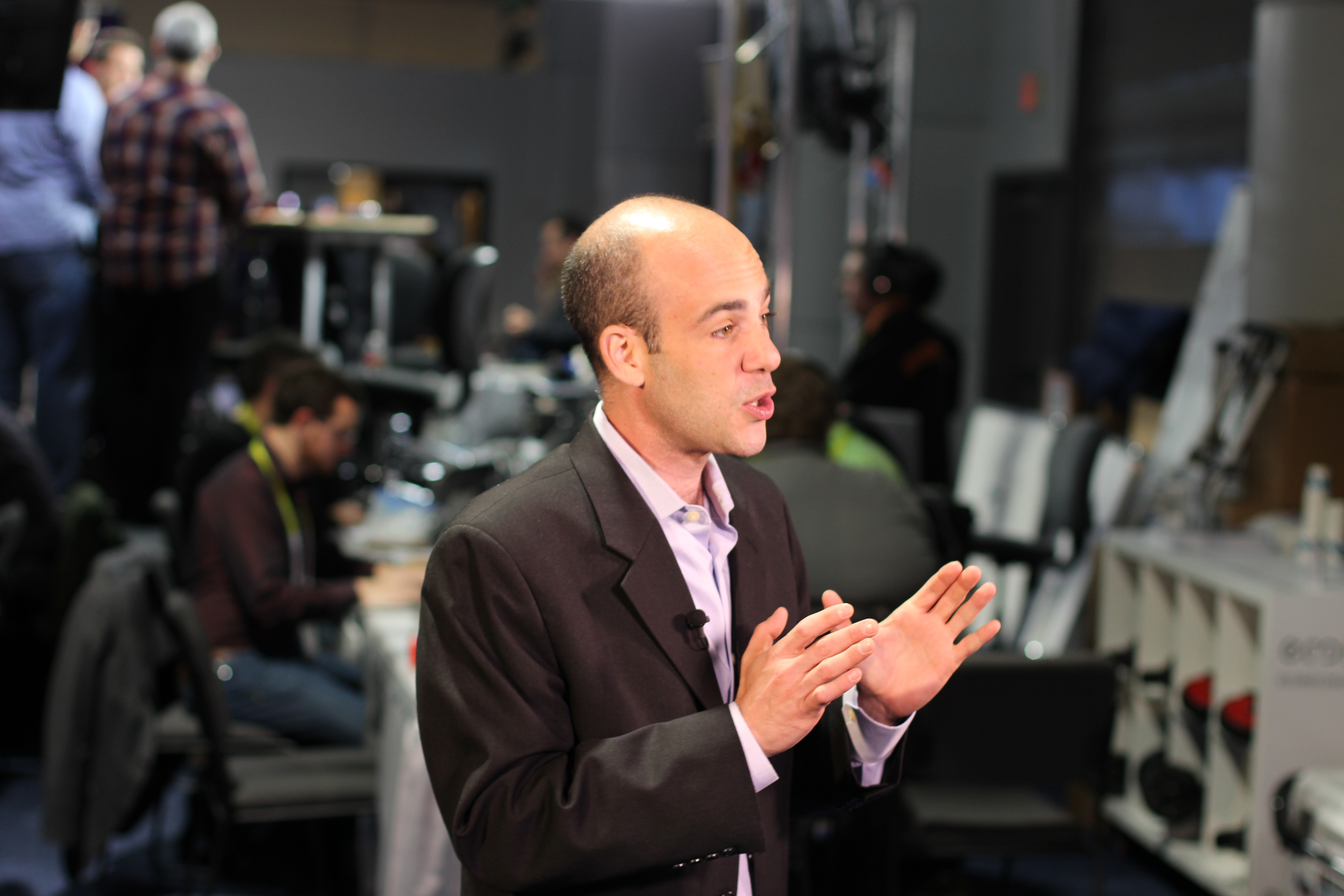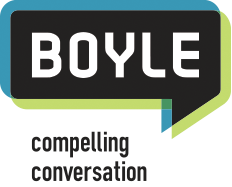The Difference Between PR Inside and Outside the Beltway

My attending the public release of data last week comparing perceptions of today’s college students by the public and by Beltway insiders brought home to me a larger point – how different and challenging it is to execute on PR support for a client that is successful in meeting goals both inside and outside the Beltway. In some ways, it’s almost like trying to do PR in two separate countries.
The public data “releaser,” in the case of last week, was Higher Learning Advocates, which couldn’t have a more “inside the Beltway” pedigree. The group’s executive director, Julie Peller, is a former top staff person on what was then called the Education and Labor Committee, and the former chairman of that committee, retired Rep. George Miller (D-CA) was not only Ms. Peller’s boss on the Hill, but also a speaker at last week’s event.
“Inside the Beltway” members of the press – Scott Jaschik from Inside Higher Ed and Rebecca Hefling from Politico Morning Education – moderated the two panels at the event, a role that journalists in DC are not only happy to fill, but which is also a great way for PR people to ensure that journalists actually show up for “coverage.” The converse point, of course, is that journalists from competitor outlets – in this case The Chronicle of Higher Education – might be reluctant to cover an event their competitor participates in.
The whole point of the study on which Higher Learning Advocates based the event was to confirm that, as Ms. Peller put it, “in several key areas the public is unaware of the demographic shifts that have occurred in higher education.” Ms. Peller added: “Although policy insiders understand that the needs and aspirations of college students have evolved, the pop culture archetype for the typical college student still seems to dominate the perceptions of many Americans.”
Stepping back from the release of this particular study for a minute, the formula on which it was based was actually quite brilliant. Take an important issue (such as “supporting today’s college students”), do a nationally representative survey of 1,000 Americans, bake in a parallel survey of Beltway insiders that incudes current and former Congressional staff and administration officials, and compare and contrast the results, with an eye toward making the inside-the-Beltway types look omniscient in their responses.
Higher Learning Advocates noted this disparity in their press release on student outcomes: “In contrast to the public survey, insiders answered each question with 85-100% accuracy – significantly higher and more consistent than the 37-81% accuracy range of the general public.”
Not to dwell on Higher Learning Advocates, but what they were trying to do with their event – and the survey on which it was based – was a classic Beltway straddle. By bringing to DC students from different walks of life who are trying to complete their degree programs, and displaying their struggles directly to Beltway insiders while at the same noting how knowledgeable the insiders already are about those struggles, they created a roomful of empathy and instigated a shared goal to support today’s college students with policies that truly recognize the many challenges that they face.
As an attendee at the event, it worked. The student stories were compelling, the room was packed with staffer types, the journalists got their moments of glory on stage and, to top it all off, there was a very tasty lunch served, the ultimate way of providing successful PR support both inside and outside the Beltway.
For just a moment, however, imagine if Higher Learning Advocates had tried to do this event out “in the field,” somewhere outside and far from the Beltway. Not only would it have been difficult if not next to impossible to attract any journalists to show up, the group would have been in the awkward position of reporting the counter-intuitive notion that Washington DC creatures are not out of touch after all.
Doing PR for an event inside the Beltway does, to be sure, offer its own set of challenges, chief among them competition for limited time. But certain ingredients are bound to give you a fighting chance – constituent stories that make staffers feel good when they arrive, food that sustains them while they are there, and information that reaffirms the preconceptions that attendees bring with them to the table.
